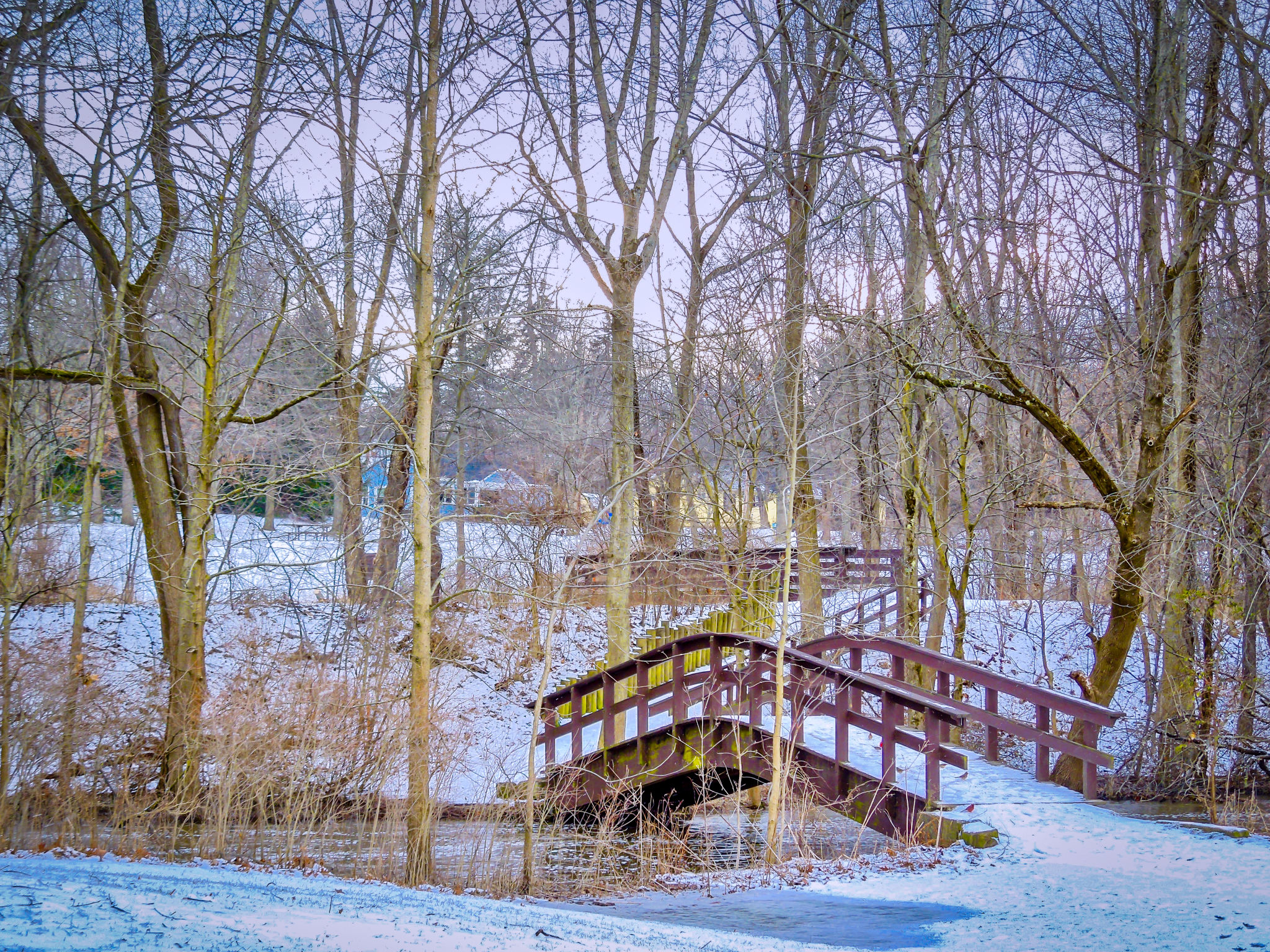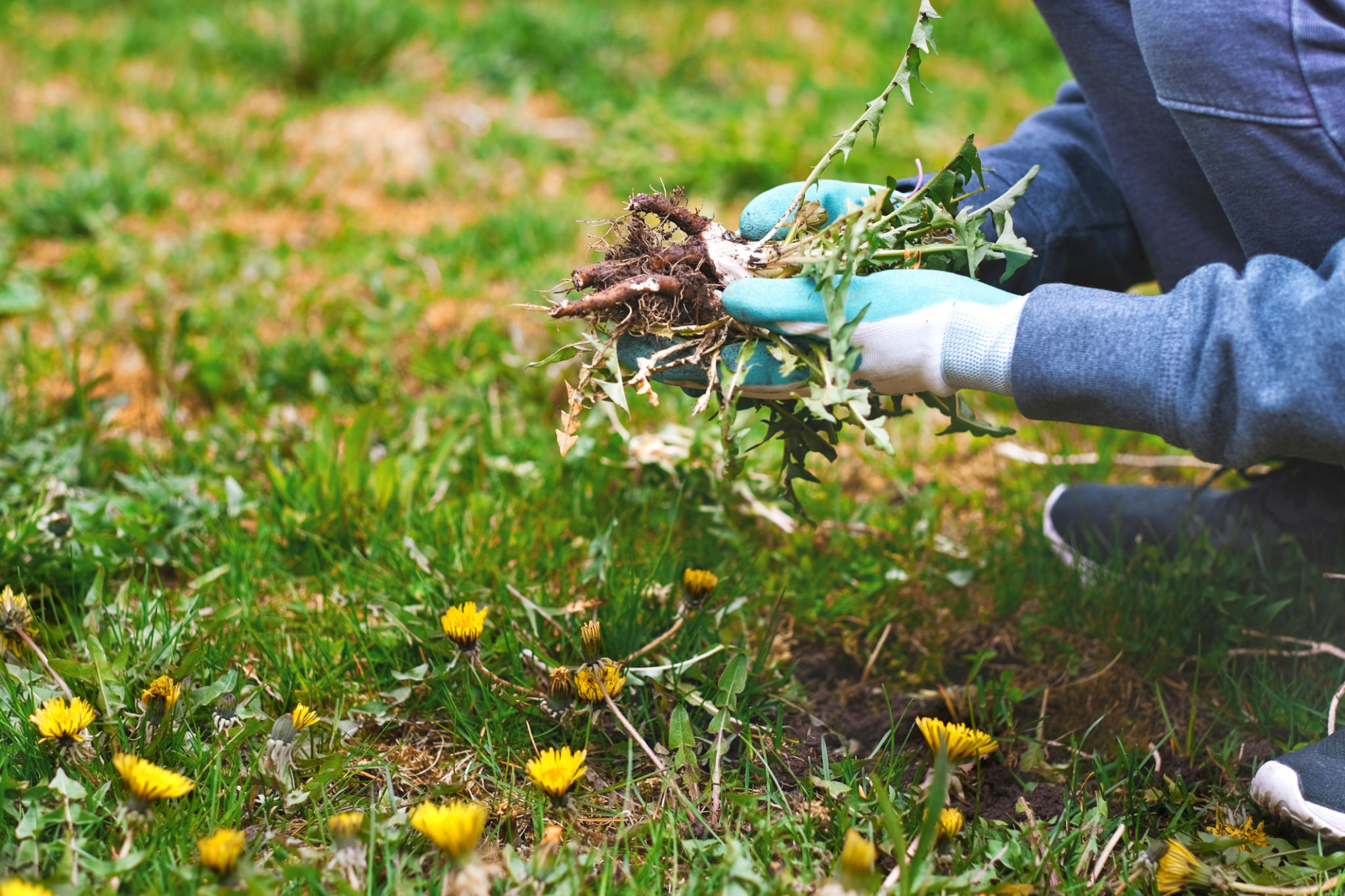Case Study: Transforming Akron Backyards with Native Floridian Plants
Introduction to Native Floridian Plants in Akron
In recent years, landscaping trends have increasingly leaned towards sustainability and eco-friendliness. For homeowners in Akron, Ohio, this trend has translated into a growing interest in using native Floridian plants to transform their backyards. This innovative approach not only enhances the visual appeal of outdoor spaces but also offers numerous environmental benefits.

Why Native Floridian Plants?
Native Floridian plants are renowned for their resilience and adaptability. They thrive in diverse conditions, making them an excellent choice for Akron's variable climate. These plants require less water and maintenance compared to non-native species, reducing the strain on local resources. Moreover, their unique beauty adds a touch of exotic charm to any landscape.
Beyond aesthetics, these plants play a crucial role in supporting local ecosystems. They provide habitats and food sources for native wildlife, promoting biodiversity. By choosing native Floridian plants, homeowners contribute positively to the environment while enjoying a lush, thriving garden.
Case Study Overview
Let's explore a remarkable case study where an Akron homeowner successfully transformed their backyard using native Floridian plants. The project aimed to create a sustainable and visually captivating outdoor space that seamlessly integrated with the local environment.

The homeowner collaborated with a local landscaping expert who specializes in native plant species. Together, they curated a selection of plants that complemented the existing flora and fauna in the area. The project focused on creating a harmonious balance between aesthetics and ecological responsibility.
The Transformation Process
The transformation process involved several key steps:
- Assessment: A thorough assessment of the existing landscape and soil conditions was conducted to identify suitable areas for planting.
- Selection: Carefully selected native Floridian plants were chosen based on their adaptability to Akron's climate and their visual appeal.
- Implementation: The planting process was meticulously planned to ensure optimal growth and minimal disruption to the existing ecosystem.
- Maintenance: A sustainable maintenance plan was put in place to ensure the long-term health and vitality of the garden.
Challenges and Solutions
Like any landscaping project, transforming an Akron backyard with native Floridian plants came with its own set of challenges. The primary challenge was ensuring that the selected plants could adapt to Akron's cooler temperatures during the winter months. This was addressed by choosing hardy species known for their resilience and by implementing protective measures during extreme weather conditions.

Another challenge was educating the homeowner on the specific care requirements of native Floridian plants. To tackle this, the landscaping expert provided comprehensive guidance on watering schedules, soil management, and pest control, ensuring the homeowner felt confident in maintaining their new garden.
Outcome and Benefits
The transformation of this Akron backyard into a lush oasis of native Floridian plants proved to be a resounding success. The garden not only showcased vibrant colors and textures but also attracted a variety of local wildlife, enhancing the overall ecosystem.
The project demonstrated that with thoughtful planning and expert guidance, homeowners can achieve a sustainable and stunning landscape that benefits both their personal enjoyment and the environment.
Conclusion
This case study highlights the potential of using native Floridian plants to transform backyards in Akron. By embracing sustainable landscaping practices, homeowners can enjoy beautiful outdoor spaces that are not only visually appealing but also environmentally responsible. As more people recognize the benefits of integrating native plants into their landscapes, we can look forward to more vibrant and ecologically friendly communities.